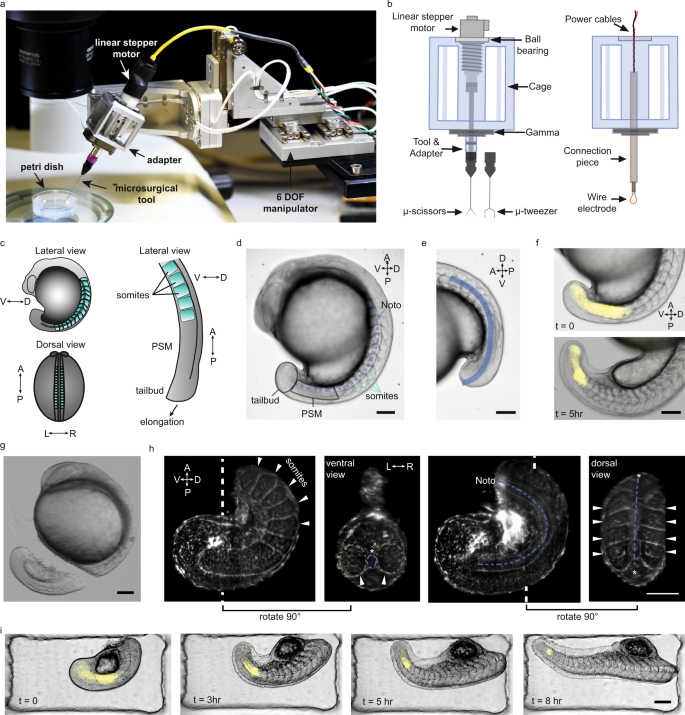UCリバーサイドの研究により、アンモニアとアミン系臭気物質が昆虫が媒介する病気の対策に利用できることが判明 UC Riverside research shows how ammonia and amine odorants could be used to combat insect-driven diseases
2023-01-09 カリフォルニア大学リバーサイド校(UCR)
カリフォルニア大学リバーサイド校の研究者たちは、昆虫の環境に存在する基本的な揮発性化合物であるアンモニアに着目しました。アンモニアは、人の汗など低濃度では蚊などの昆虫を誘引する。しかし、家庭用洗剤に含まれるような高濃度のアンモニアは、昆虫にとって魅力的ではなくなってしまう。そこで、アンモニアが存在すると、ハエや蚊の嗅覚系や味覚系にどのような変化が起こるかを調べた。
“我々は、嗅覚ニューロンが、バースト的な活動をするようで、その後、しばらく沈黙することを発見しました。”と、iScience誌に掲載された研究を主導した分子・細胞・システム生物学のAnandasankar Ray教授は述べています。”沈黙期間中、ニューロンは、どんな臭気物質も検出できないので、昆虫は、効果的に人間の皮膚の臭いを見つけることができないことを意味します。”
レイのチームが、ミバエと蚊(Aedes aegypti)の味覚系をテストした時、彼らは、同様の反応を発見しました。
“味覚に関して言えば、アンモニアと “アミン”(多くの合成臭気物質を構成するアンモニアの誘導体)は、嗅覚系で見られるような閃光型の活性を示さないことがわかりました “とレイは言いました。「しかし、私たちが嗅覚系で発見したような阻害作用があるのです。アンモニアが昆虫の砂糖と塩に対する反応を抑制することを示すことができました。
ほとんどの昆虫は、嗅覚系で着陸する場所を見つけた後、味覚系が実行されます。蚊は、足にあるラベラ(噛むのに良い場所を探すのに役立つ感覚プローブ)を使って、食べ物を味わうのです。また、ミバエのラブレには感覚器と呼ばれる細い毛があり、ミバエは食べずに食べ物の味を知ることができる。
レイによれば、この発見は将来、効果的な虫除けを作るために利用できるかもしれないという。
研究者達は、次に、卵を産むために水辺に集まる妊娠中の蚊(Aedes aegypti and Anopheles coluzzi)で、湿度感知をテストしました。実験室では、産卵の準備を整えた血を吸った蚊に、2つのカップの水を与えた。一方のカップには、湿度感知を阻害する匂いの入った小瓶を入れた。研究者らは、蚊がそこでの産卵を避け、代わりに未処理のカップを好むことを発見した。
<関連情報>
- https://news.ucr.edu/articles/2023/01/09/studies-identify-new-strategies-insect-control
- https://pubmed.ncbi.nlm.nih.gov/36594011
- https://pubmed.ncbi.nlm.nih.gov/36202886/
昆虫におけるアンモニアおよび塩基性揮発性アミンの忌避濃度の化学感覚による検出 Chemosensory detection of aversive concentrations of ammonia and basic volatile amines in insects
Jonathan Trevorrow Clark, Anindya Ganguly, Jadrian Ejercito , Matthew Luy, Anupama Dahanukar , Anandasankar Ray
iScience Published:2022 Dec 8
DOI: 10.1016/j.isci.2022.105777

Abstract
Basic volatiles like ammonia are found in insect environments, and at high concentrations cause an atypical action potential burst, followed by inhibition in multiple classes of olfactory receptor neurons (ORNs) in Drosophila melanogaster. During the period of inhibition, ORNs are unable to fire action potentials to their ligands but continue to display receptor potentials. An increase in calcium is also observed in antennal cells of Drosophila and Aedes aegypti. In the gustatory system, ammonia inhibits sugar and salt responses in a dose-dependent manner. Other amines show similar effects in both gustatory and olfactory neurons, correlated with basicity. The concentrations that inhibit neurons reduce proboscis extension to sucrose in Drosophila. In Aedes, a brief exposure to volatile ammonia abolishes attraction to human skin odor for several minutes. These findings reveal an effect that prevents detection of attractive ligands in the olfactory and gustatory systems and has potential in insect control.
ペンチラミンによるヒトおよび植物由来病原体の昆虫ベクターにおける湿度検出の阻害 Pentylamine inhibits humidity detection in insect vectors of human and plant borne pathogens
Iliano V Coutinho-Abreu, Jonathan Trevorrow Clark, Anandasankar Ray
Scientific Reports Published:2022 Oct 6
DOI: 10.1038/s41598-022-20488-x

Abstract
Insects house humidity-sensing neurons in the antenna, which is presumed to be important for a variety of behaviors and survival since water is a crucial component of the environment. Here we use the simple olfactory system of the Asian Citrus Psyllid (ACP), a citrus pest that transmits a deadly bacterium, to identify volatile amines that significantly inhibited humidity-induced activation of antennal neurons. The inhibition of action potentials is observed by single sensillum recordings and mixing these odorants with humid air abolished the humidity avoidance behavior of ACP. The inhibition is conserved in the humidity-sensing coeloconic neurons of dipteran Drosophila melanogaster that are known to detect humidity, but it is not seen in other coeloconic neurons that are not sensitive to humidity. Dipteran mosquitoes Aedes aegypti and Anopheles gambiae oviposit in water, and the addition of the humidity-inhibiting odorants in a two-choice oviposition assay significantly reduces oviposition. Our results demonstrate that a naturally occurring volatile compound can effectively “mask” detection of an important environmental cue and modify behavior of important vectors of plant and human disease pathogens. Odorants targeting the conserved humidity sensing system of insects, therefore, offer a novel strategy for modifying their behavior.


